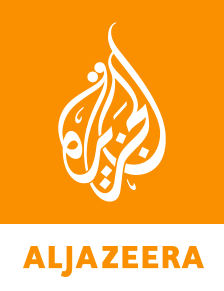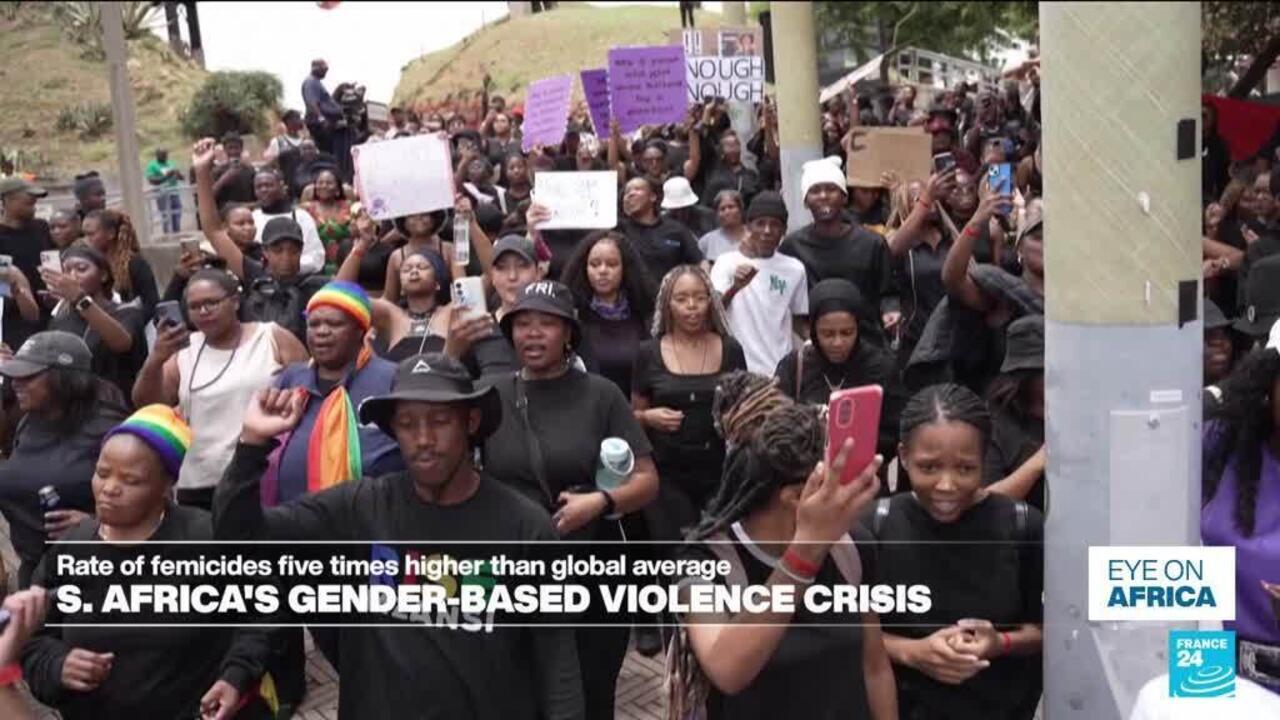On Thursday, the United States military carried out its latest strike on an alleged Venezuela drug smuggling vessel, as the admiral overseeing the Trump administration’s controversial campaign in the Caribbean Sea announced his early departure.
Officials did not offer additional details about the incident, in which they said there were some survivors — unlike the previous boat bombings.
Recommended Stories
list of 3 items- list 1 of 3Trump confirms covert CIA operations against Venezuela
- list 2 of 3Venezuela: US is a ‘killer prowling the Caribbean’
- list 3 of 3US carries out new drug boat strike in Caribbean, as admiral resigns
US Secretary of War Pete Hegseth posted on X that Admiral Alvin Holsey of the Southern Command would be retiring at the end of the year, less than a year into the post, which is usually three years long.
The latest attack on a boat came a day after United States President Donald Trump confirmed that he authorised the CIA to carry out secret operations in Venezuela and suggested that he was mulling a land attack, too.
Trump told a reporter that he authorised the CIA to go into Venezuela because there are “a lot of drugs coming in from Venezuela, and a lot of the Venezuelan drugs come in through the sea, so you get to see that, but we’re going to stop them by land also”.
In a TV address on Wednesday, Venezuelan President Nicolas Maduro cautioned against further escalation, objecting to “failed regime changes … carried out by the CIA”.
So, how many Venezuelan boats has the US struck so far, how deadly have they been, and what troops has the Trump administration sent to the Caribbean Sea as it threatens the Maduro government in Venezuela?
How many vessels have been attacked so far?
The US has carried out at least six strikes on boats in Venezuelan waters since the start of September, killing some 27 people, after allegations that they were carrying narcotics.
However, the Trump administration has failed to provide evidence that the targeted boats were carrying narcotics bound for the US.
 (Al Jazeera)
(Al Jazeera)September 2
The US military killed 11 people in a strike on a vessel from Venezuela allegedly carrying illegal narcotics, Trump said on September 2. It was the first known operation since the US’s deployment of warships to the southern Caribbean.
Trump shared aerial footage of the bombing on his Truth Social account, stating, “Earlier this morning, on my Orders, U.S. Military Forces conducted a kinetic strike against positively identified Tren de Aragua Narcoterrorists in the SOUTHCOM area of responsibility. TDA is a designated Foreign Terrorist Organization, operating under the control of Nicolas Maduro, responsible for mass murder, drug trafficking, sex trafficking, and acts of violence and terror across the United States and Western Hemisphere.”
September 15
On September 15, Trump confirmed that three people had been killed by a US military strike on another Venezuelan vessel. He took to his Truth Social account to say that the operation had positively identified drug trafficking cartels. The post was accompanied by a video which appeared to show the boat exploding on the water.
September 19
This marked the third fatal attack on a vessel allegedly smuggling drugs. Trump posted on social media that the strike had killed three people who were affiliated with a designated terrorist organisation.
October 3
On October 3, the US government confirmed that four people had been killed when its forces destroyed a boat allegedly involved in drug trafficking on the high seas not far from Venezuela.
October 14
In its latest operation, the US killed six people on board a boat in international waters near the Venezuelan coast, Trump confirmed on social media on Tuesday.
In his post, he wrote, “Intelligence confirmed the vessel was trafficking narcotics, was associated with illicit narcoterrorist networks, and was transiting along a known route for smuggling.”
October 16
In Thursday’s attack on the suspected drug vessel, there were survivors, unlike the previous strikes. Unlike previous attacks on boats, US officials have not posted photos of the attack.
It is unclear whether US forces offered medical help to the survivors, whether they were captured, or where they are now.
Is the US breaking international law?
Human Rights Watch (HRW) has said the maritime strikes amount to “extrajudicial killings”.
“US officials cannot summarily kill people they accuse of smuggling drugs,” said Sarah Yager, Washington director at HRW. “The problem of narcotics entering the United States is not an armed conflict, and US officials cannot circumvent their human rights obligations by pretending otherwise.”
The use of military force against foreign ships in international waters is considered unlawful unless a clear legal exception applies. In a letter to Congress on September 4 Trump cited the right to self-defence as justification for the US’s actions at sea.
Coastal countries like Venezuela control the waters within 12 nautical miles (22km) of their shores, known as territorial waters, where they have full sovereignty. Beyond that, they can claim up to 200 nautical miles (370km) as an Exclusive Economic Zone (EEZ).
Under the 1982 United Nations Convention on the Law of the Sea (UNCLOS), all states enjoy freedom of navigation and overflight on the high seas, which lie beyond any nation’s control. Ships there fall under the jurisdiction of the country whose flag they fly, except when involved in piracy or other illegal acts.
 (Al Jazeera)
(Al Jazeera)Where are US ships deployed?
In August, Washington started deploying warships just outside Venezuelan waters.
On August 14, the US Fleet Forces Command published a news release stating sailors and Marines assigned to the Iwo Jima Amphibious Ready Group had departed from Norfolk, Virginia and Camp Lejeune, North Carolina.
According to the latest United States Southern Command – one of 11 unified combatant commands of the Department of Defense responsible for Latin America, Central America, the Caribbean, and surrounding waters – various strike packages and naval assets are in proximity to Venezuela.
Additionally, air and naval assets, including Reaper drones, Poseidon aircraft, amphibious transport docks and strike packages, are stationed around the coast of Puerto Rico.

 1 month ago
22
1 month ago
22










 English (US) ·
English (US) ·